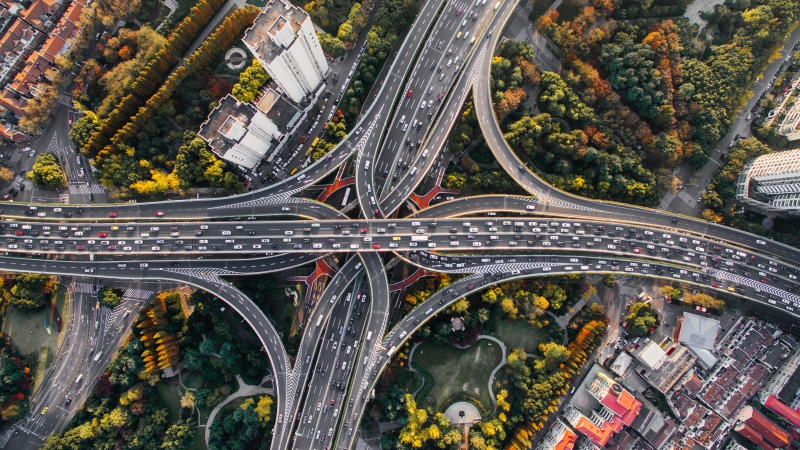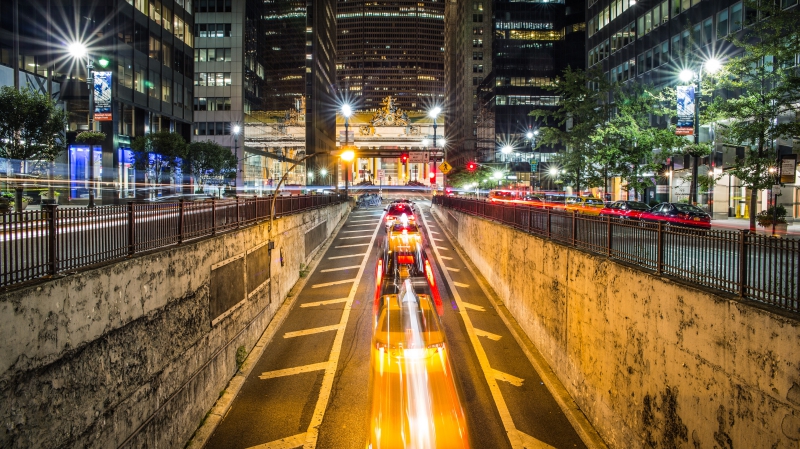Many scientists believe that the lasting legacy of our existence would be our earliest. Scores of scientists and engineers work tirelessly to ensure the preservation of the Mona Lisa while cave paintings have survived far longer than collective human civilisation itself, and will likely continue to exist without any preservation.
Just as how the 1990s proclaimed that video killed the radio star, only for MTV to be consumed by its own haughtiness and the airwaves continue to live on, defining or dissolving the careers of countless musicians. Paperback novels would have died with the television but in the recent decades, motion pictures have continuously turned to written source materials to find properly fleshed out characters and settings.

While these examples might serve as a counter-argument for the existence of cars that we know and love of today – in light of the coming autonomous revolution – it is unlikely that future historians will look at a human-operated car with much reverence. Just as how we look at horses today, for all their contribution to human civilisation, their agriculture, logistics, warfare, and art, historians will denote them as “the best means of its era”, full stop.
In that light cars, trucks, motorcycles, and buses, are the best means of getting around, to carry out one of the fundamental function of a society, work. Despite our infatuation with all forms of vehicles for its engineerings and an expression of personal freedom, for many, it is just a means to an end. The best form of getting from point A to point B. As demonstrated by the exploding popularity of convenient but utterly bland SUVs that are branded with empty marketing taglines, most people just need something to get them to work and home with minimal fuss.

An autonomous vehicle could fulfil that essential function, finally freeing us from the mundanity of dedicating our time and effort into getting to and from our place of purpose, our place of employment. The braying lament of automotive enthusiasts would be as antiquated as those who condemned the coming of the locomotive as the devil’s creation. Mere examples of our inability to perceive exponential change.
However as discussed in the previous chapter, everything is interconnected, and the vast communications infrastructure that enables autonomous cars, coupled with changes in our own definition of employment, could bring about a societal upheaval that changes the very basic purpose in society, what it means to work.
At this point what we are delving into is purely conjecture. In this scenario, with many jobs destined for automation, particularly in logistics, hospitality, and services, with several others being supported by the gig economy of freelancers, it stands to reason that the modern tradition of a 9-to-5 job might cease to exist.

Sure logistics operations such as trucks will continue to operate, but if our need to be physically present at a workplace is no longer necessary, a huge chunk of traffic would disappear. There won’t be scores of people jostling to get into a few square kilometres to go to work. With little need to be close to centres of the employment, we might not need to stay in crowded, unhealthy city centres either. Instead, cities might see a reversal of migration, society could spread out and return to the serenity of the suburbs.
While such a hypothetical scenario of work-at-home-employees might represent a tidal change in society, it still doesn’t change human nature. Our innate curiosity for experiences won’t be diminished by the freedom from restrictive forms of employment.

Rather, we would want to seek more of it, and what better sentiment for car manufacturers to use than keying into our subconscious desires. After all, they have been doing that for the better part of the last 100 years, and the power of brands has proved its worth in overcoming logical and objective scrutiny, just look at Tesla.
If car manufacturers were to survive the cars they market and sell will definitely have to be equipped with all the necessary autonomous features on board to meet legislation. Reintroducing an uncontrollable and unpredictable human element to an automated system would be akin to letting the bull loose in a china shop; posing a serious hazard to the operation of other fully autonomous vehicles.

Rather than leaving it to chance, such cars would have autonomous features that will be able to augment the driver’s driving capabilities, taking over when they feel bored driving or intervening when an imminent collision is detected. But other than those parameters of operation on the road, car manufacturers may yet find a way to deliver onto our hedonistic desires a car that straddles both lines, veering into the field of pander to our experiential wants and stay the line to fulfil our practical needs.
Not to contradict the last three parts of this series, these scenarios are purely the reading of tea leaves of an idealised future. An idealised one where, against all odds, cars will survive the autonomous revolution. There is little likelihood of that being the case with the circumstances stacked against it.

Humanity has plenty of deeply rooted traditions and habits that are hard to change, if impossible to uproot, and despite our fondness for the car, it isn’t one that is intrinsic to our society nor to its needs. Just as the need for horses was driven by necessity, so too will the hope of any vestiges of the cars of today find its footing solely in our own curiosity and fascination.
This is the final part of the four-part series titled Our Autonomous Future. Read on with Part 1, Part 2, and Part 3.

